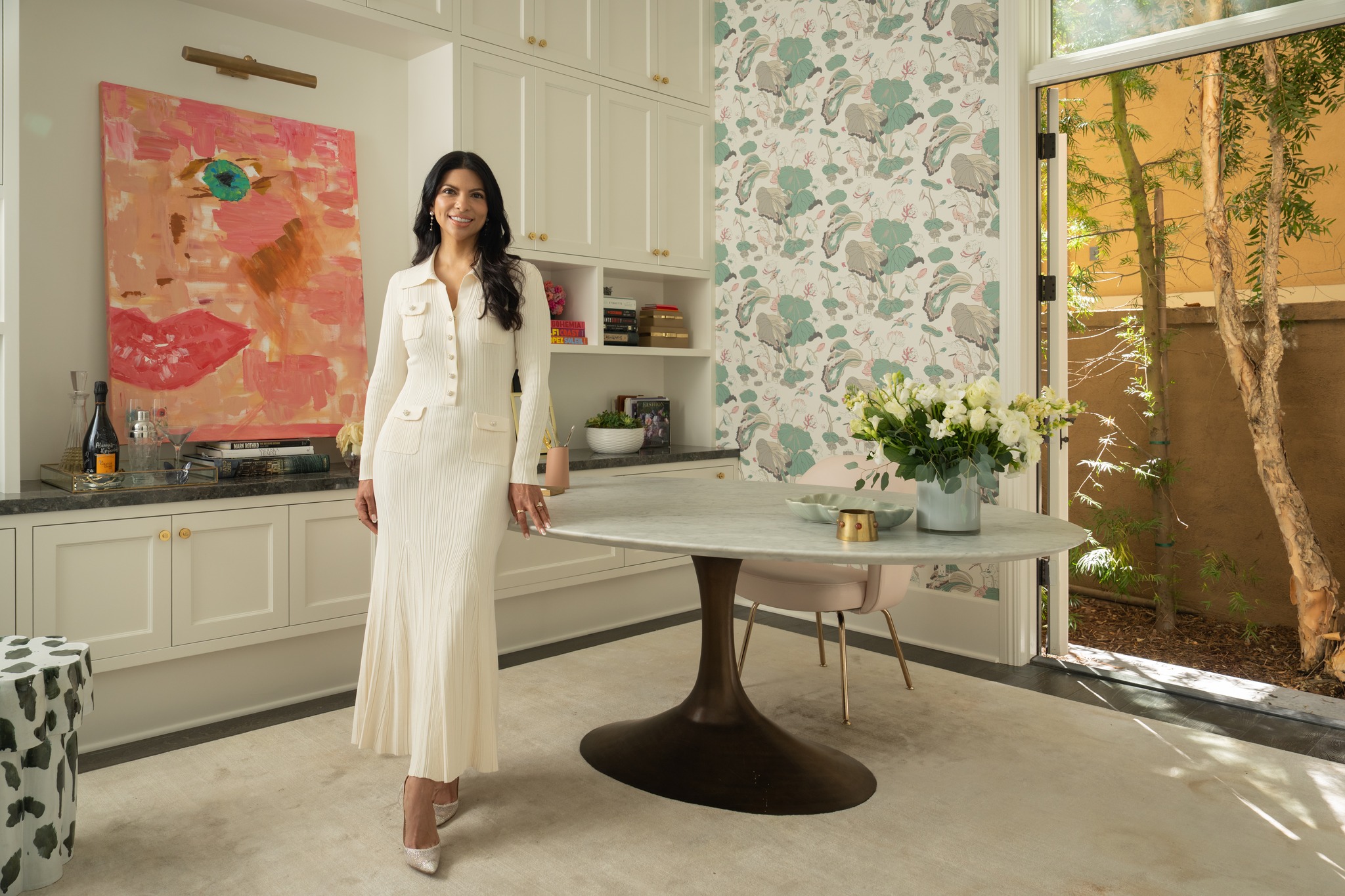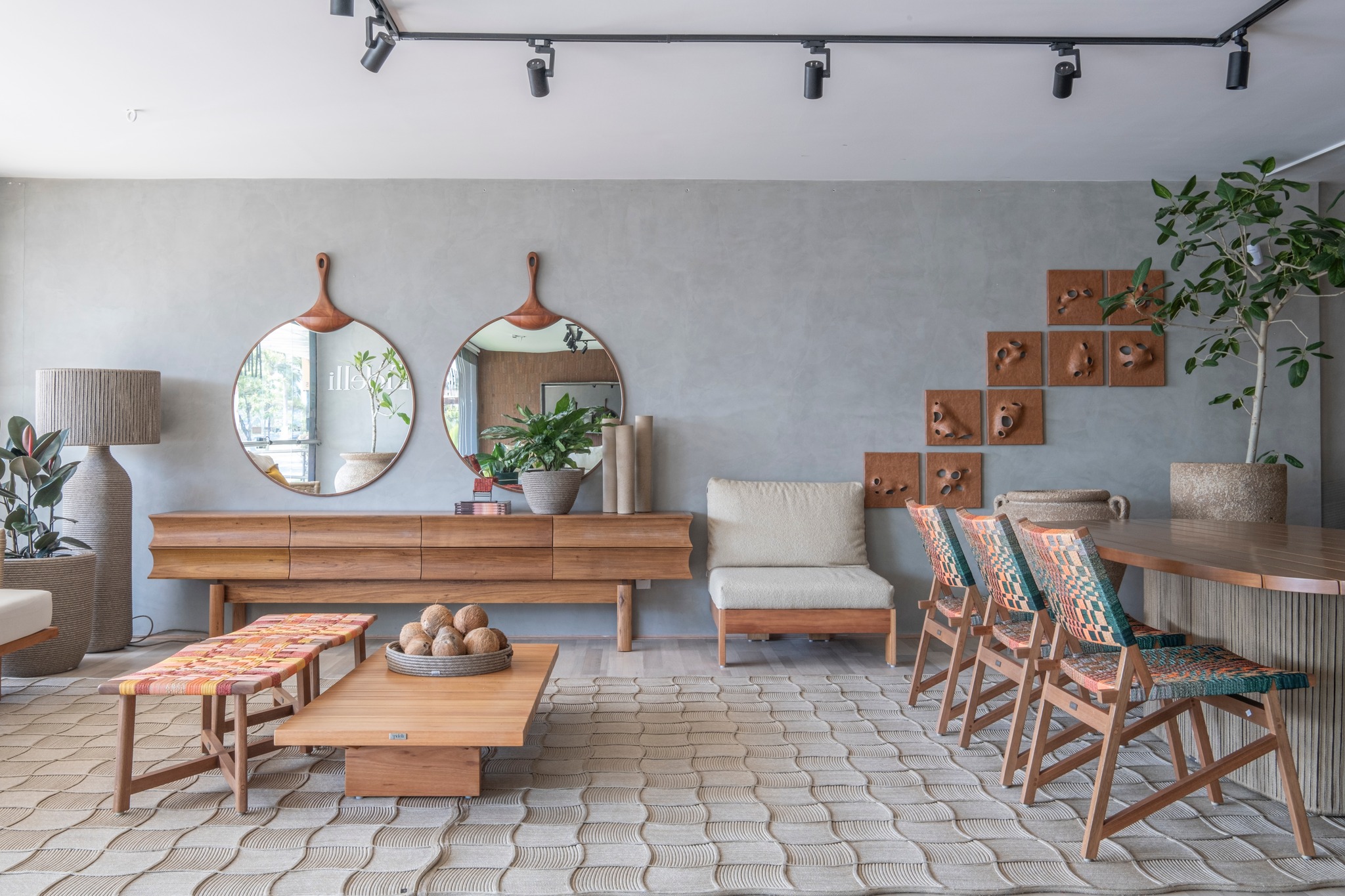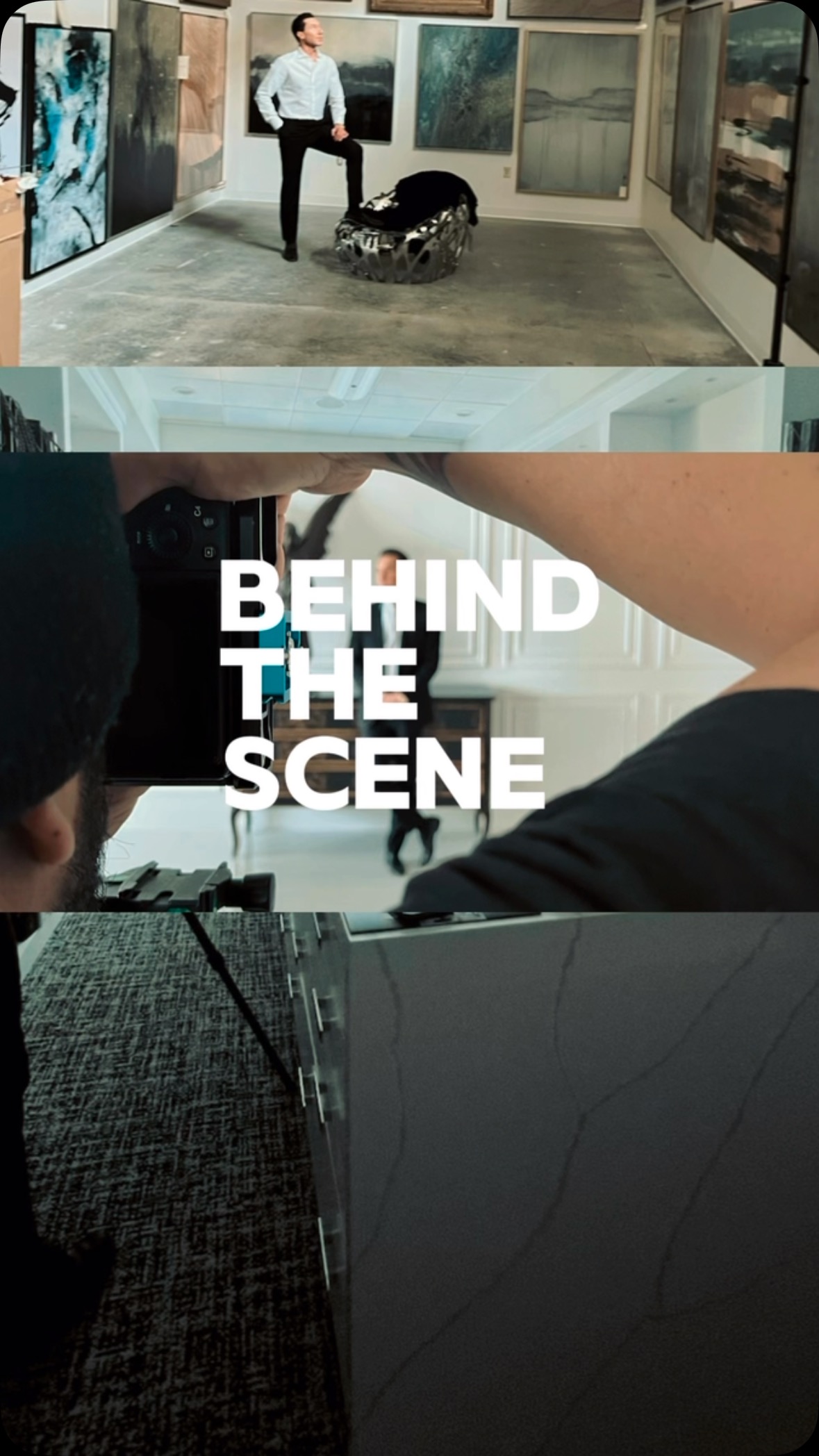Images of women and the world as seen by female fashion photographers
Fashion photography produced by women, often unduly neglected, is the focus of the exhibition Female View: Women Fashion Photographers from Modernity to the Digital Age, which debuted at Kunsthalle St. Annen gallery in Lübeck, Germany, last spring. The exhibition opens September 24 at Museum Schloss Moyland in Bedburg-Hau, Germany.
The medium of fashion photography has been shaped by women for decades, but most photo publications and exhibitions focus primarily on the male gaze of the female body. Throughout the 20th and 21st centuries, countless female photographers have worked for influential magazines such as Harper’s Bazaar and Vogue, shaping the style of their time. Many had previously modeled for other photographers and knew the job from both sides of the camera.
Female View traces the transformation of the photographic image from the 1930s to the present day: from the fashion magazine to the showroom and the coffee-table book, to digital self-staging in social media. The world we live in is globally networked, and photographs, including fashion images, are uploaded and posted synchronously millions of times over. Our image perception is becoming faster, and so are fashion trends.
Fashion photographs have always been ephemeral things— designed to be admired, desired, and quickly forgotten—but they are no longer confined to the stillness of the magazine page. They are also part of a constant stream of fast-moving electronic images that flicker in and out of our awareness. Today, the fashion photograph must engage audiences ever more forcefully—commanding attention with bold statements and powerfully invoked sensations.
Antje-Britt Mählmann, the director of Kunsthalle St. Annen, edited the art book documenting the exhibition. Published by Hatje Canz Verlag, it includes more than 100 fashion images and illustrations, as well as essays by female photographers, authors, and curators.

Yva (1900-1942) opened her own studio in Berlin after completing her photography apprenticeship. She took fashion, nude, and advertising photos, and participated in the first Biennale Internazionale d’Arte Fotografica in Rome. Other international exhibitions in Paris and London followed. In 1938, Yva was banned from working in Nazi Germany. Plans for a departure together with her husband came too late. Yva, also known as Else Ernestine Neuländer-Simon, was deported in 1942 and presumed murdered in the Sobibor extermination camp.

Regina Relang (1908-1989) documented the haute couture in Paris for German fashion magazines and was one of the most successful photographers in Germany in the 1950s and ‘60s. She achieved international renown with photographic travel and fashion reportages that she started producing as an autodidact. Christian Dior, Pierre Cardin, and Yves Saint Laurent were among her clients.

The American photographer Lillian Bassman (1917-2012) is famous for her innovative work in the darkroom; particularly notable are her high-contrast black-and-white shots of society women, actresses, and models from the 1950s and 1960s. Rather than photographing on a crowded set, Bassman worked alone with her models, often in domestic settings, away from the gaze of male photographers. As Bassman herself remarked in 2006, ‘I think my contribution to the genre has been to photograph fashion with a woman’s eye for a woman’s intimate feelings.’

In the 1930s and 1940s, American photographer Lee Miller (1907-1977) was an assistant to Man Ray in Paris, and she worked for magazines such as Vogue and Harper’s Bazaar at the same time. Shot against a backdrop of bombed-out buildings in London, Lee Miller’s 1941 photograph of a model in a Digby Morton suit—a simple, practical garment—reflects the reality of daily life under challenging conditions.

All of the most significant shifts in Western notions of femininity that have taken place over the past century have been registered in fashion photography. Its emergence as a standalone genre early in the 20th century coincided roughly with the beginnings of widespread women’s suffrage. The brashness of the flapper era, the can-do attitude of the war years, the struggles for racial and gender equality throughout the 1950s and ’60s, and, more recently, a growing awareness that gender itself is not a simple matter of male or female, but a continuum—all of these circumstances have been given expression in fashion photographs.
—Eugenie Shinkle

The 1970s-1980s era of the so-called ‘supermodels’ embodied two apparently antithetical images of femininity—independent, self-possessed women who were also stereotypically feminine and openly sexual. A former model herself, photographer Ellen von Unwerth, embraced this contradiction. Born in Germany in 1954, she lives and works in Paris. In 1989, she shot Claudia Schiffer for a Guess fashion campaign, a commission which launched her career. Since then, von Unwerth’s images have appeared in Vogue, Vanity Fair, and other publications, and she has shot campaigns for Dior, John Galliano, Ralph Lauren, and Uniqlo.


Flipping through a Vogue magazine today will bring forth an encounter with a blast of colorful fashion images. Almost the entire first third of any copy, however, consists of ads for fashion, luxury, and beauty brands. And even in the following sections, the shifts between editorial spreads and advertisements, some covering several pages, are hardly discernible. The overall effect is an ingenious system targeted at making people want to buy the new looks. Fashion magazines are catalogues of items from the world of commerce. Whether in a campaign or an editorial shoot, the fashion image has a commercial context; its essence is defined by its inherent commodity character. The fact that the image tends to disguise its character, to flirtatiously own up to it, or to downright deny it, is only a part of its marketing. Over time, the fashion image has developed strategies to deal with this ‘burden,’ in all kinds of different manners: playful, offensive, artistic, aggressive, restrained, subtle. Fashion images have a powerful ally, too: the spirit of the age, the zeitgeist.
—Nadine Barth

Born in Jamaica in 1997, photographer Amber Pinkerton points out the importance of social media platforms such as Facebook and Tumblr for her development as a photographer. Like many of her friends, she started as a teenager to document her eccentric outfits with her smartphone and to share the pictures online: ‘That was our own little culture,’ she says. The marginalisation of Black bodies in the media only became an issue for her after she had moved to London for her studies. Today, Pinkerton works mostly with Black models, some of whom she finds in the streets of Kingston. In her fashion shoots, she continues the social media practice developed as a teenager: to postulate her own image culture utterly unfazed by the exclusionary mechanisms of prevailing fashion photography.


Elizaveta Porodina is one of the leading names in fashion photography, working with fashion houses such as Dior, Moncler, and Carolina Herrera. Born in Moscow in 1987, Porodina moved to Germany together with her family at the age of 12. Her imagery is surreal, dreamy, and intimate, on occasion frightening, haunting, and delicate. She draws inspiration from art, history, film, religion, and her childhood in Russia.

GABO (Gabriele Oestreich) was born in 1961 in Hamburg, studied graphic design, and worked as an international model after finishing school. She then became a photographer to take pictures of others from her own point-of-view. GABO is primarily interested in the inner expression of her models. For her, portraits and fashion photography belong intrinsically together.


The appealing contrast between intimacy and deliberate display that characterises image production in the digital age is distinctly perceptible in the works of the Dutch artist Liv Liberg. Born in 1992 in Utrecht, Holland, Liberg was ten years old when she started photographing her four-years-younger sister Britt in their mother’s clothes—initially to imitate commercial fashion images from glossy magazines. The portraits that she created over the years are powerful, some oppressive, and others bizarrely strange. They offer multilayered comments on being a girl and becoming a woman and the significance of fashion in this process.
Photos can now be shared and commented on with a broad public—
—Diana Weis
worldwide, within seconds, and with little effort. Since fashion thrives on imitation, visual impulses and representation techniques have also circulated widely. Within just a few years, a complex and highly allusive image culture has emerged, with classic motifs of 20th-century fashion photography being repeatedly referenced, modified, ironically twisted, or recontextualised.
Museum Schloss Moyland | moyland.de/en/


























